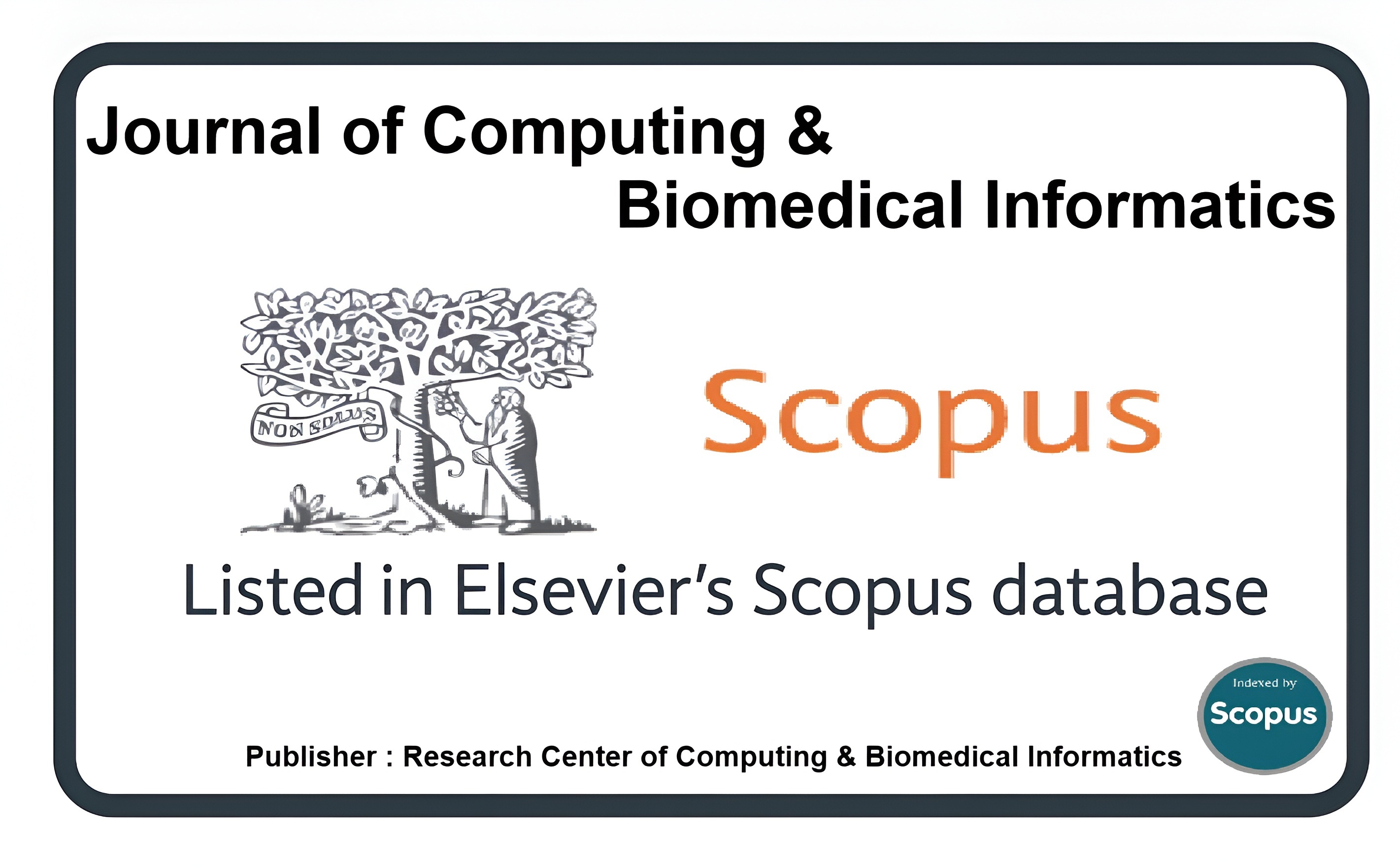Augmented Reality based DNA Learning: An Innovative Educational Tool for Students
Keywords:
Augmented Reality technology, Education, Unity 3D, Vuforia SDK, Mobile ApplicationAbstract
With the advancement of technology, augmented reality (AR) has been used in almost every field of life, including entertainment, education, medicine, engineering, etc. The use of AR in education may overcome a lot of student problems related to traditional learning systems, like lack of interest, motivation, curiosity, attention, concentration, and learning effectiveness. During this research, we developed an AR app named “AR-DNA” for school level students to learn about DNA structure and its nitrogenous bases in an interactive and interesting way which overcome the challenges of traditional learning system. Three-dimensional models of the DNA helix, adenine, cytosine, guanine, and thymine were added to provide detailed knowledge about their molecular structures and increase the visual perception of students. For the development of AR-DNA, Unity 3D and the Vuforia SDK have been utilized. Vuforia uses the device's camera to take live video and to detect markers. After marker detection, the exact position of the marker has been tracked, and its pose (6 degrees of freedom – 6DOF) has been calculated, based on which computer-generated effects will be rendered and shown on the device screen. AR-DNA app focuses on two factors, namely, learning and assessment. For learning, marker-based AR technology has been implemented using Vuforia, whereas for assessment, interactive questions have been developed. AR-DNA was tested on 500 students of eighth grade from 20 different schools of Multan. Student feedback indicated strong support for the AR-DNA app, with 80% of students strongly agreeing it boosted motivation, 70% finding it aesthetically pleasing and transformative, while 60% strongly affirmed its effectiveness in sustaining interest and enhancing learning. Moreover, 70% believed AR apps offered a solution to common issues in traditional learning system. Results clearly suggest that the integration of Augmented Reality in education improves the effectiveness of the learning process.
Downloads
Published
How to Cite
Issue
Section
License
This is an open Access Article published by Research Center of Computing & Biomedical Informatics (RCBI), Lahore, Pakistan under CCBY 4.0 International License





